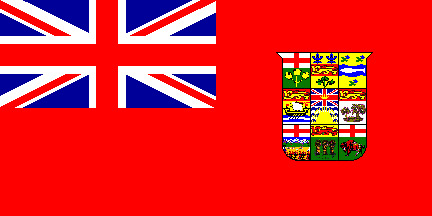
Canadian Expeditionary Force
Percy was fifteen when war broke out in August 1914, and working as a farm-hand in Lloydminster, Saskatchewan. On 6 December 1915, he gave a false date of birth at the Lloydminster Recruiting Centre, and enlisted underage in the 188th Overseas Bn of the CEF. At the time of his enlistment, No. 887640 Private Wood was described as 5 feet 6 � inches tall, 135lbs in weight, with a fresh complexion and blue eyes and brown hair.
From 23 December 1916 until 2 March 1917, Percy underwent battle training behind the lines. He finally joined his Bn in the field on 3 March. When he arrived, the 46th Bn was engaged in an intensive training programme for the forthcoming 1917 Spring offensive, in which the four divisions of the Canadian Corps would come together to attack the German stronghold of Vimy Ridge.
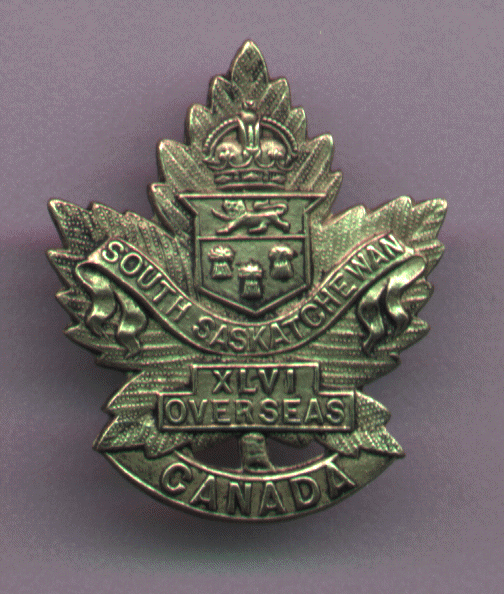
Because two Hills - Hill 145 and Hill 135 - dominated the crest of the Ridge, it was decided to divide the Infantry attack into two phases. The main attack would consist of the Southern Assault, to take and hold Hills 145 and 135, together with the ground they commanded. If this Southern Assault was successful, then a separate Northern Assault would be launched against "The Pimple", an isolated knoll at the far north of the Ridge, which had been strengthened by concrete pill-boxes bristling with machineguns. Percy Wood's 46th Bn was situated at the far north of the Canadian line, in the Souchez Sector, opposite Givenchy-en-Gohelle. They were to be held in reserve throughout the southern part of the offensive and, if and when Hills 135 and 145 were taken, they would storm the Pimple, along with the 44th and 50th Bns.
The Infantry attack was preceded by a powerful artillery bombardment, designed to destroy the heavy gun and other fortified positions on the Ridge. The bombardment began in mid-March 1917, and was carried out by nearly 1,000 artillery pieces: which breaks down to one heavy gun to every twenty yards of front, one field gun for every ten yards. The artillery briefly fell quiet on the morning of 9 April, as the Canadian Infantry moved forward to their starting positions in No-Man's-Land, but at 05:30 precisely "the whole atmosphere was rent by screaming shells passing overhead, every gun seemingly having been fired as if by clockwork. The German frontline was erupting along its entire length and seemed to be enveloped in sheet lightning" (Sgt David Layton, 15th Royal Warwickshires). This was the beginning of the rolling barrage, aimed to wipe out defensive positions immediately ahead of the Canadian advance.
The artillery assault of the previous weeks, and the synchronised bombardment of 9th April, did their jobs most effectively, allowing the first part of the Southern Assault to proceed like clockwork. By the end of the first day of the attack on Vimy Ridge, all of the southern objectives had been taken, with the exception of Hill 145, which fell to elements of the 4th Canadian Division early the next morning.
This left just one fortified German position, "The Pimple", still in place on the heights at the far northern tip of the Ridge, and Percy's 46th Bn was brought up from reserve to take part in the attack on this final stronghold. Alongside the 44th and 50th Battalions, the 46th set out at 5.30am on 12th April in the dark, with a gale of snow, and in knee-deep mud and slush. The Canadians soon lost contact with the barrage ahead of them, because of the blizzard, but the direction of the storm actually helped the advance, as it blew directly into the faces of the German defenders. "With the gale and the snow behind us, there seemed to be not much trouble," said T H Hewitt (one of Percy's colleagues in the South Saskatchewan Bn). "It went right into their eyes, you see, and we were fortunate to get in on this storm. It kind of covered our movements." By 9:00am, the advancing Canadians had taken all their objectives, and the whole of Vimy Ridge was in Allied hands for the first time since the autumn of 1914.
The success at Vimy Ridge did not lead to the hoped-for decisive breakthrough on the Western Front, but it was the greatest Allied victory in the War thus far, and was achieved with comparitively low casualties on the Allied side: about 3,600 dead and 7,000 wounded. Percy Wood emerged unscathed from his first engagement, and the 46th Bn withdrew for a short break away from the front lines, at Chateau de la Haie.
On 22 April 1917, Percy's Battalion returned to the trenches, now occupying a new front line in the land captured during the Vimy offensive. The Battalion's new position was facing Lens, near the abandoned French village of La Coulotte: directly in front of it was a German strongpoint called "the Triangle", from where snipers caused heavy losses to Percy's Bn during its first two weeks back in the front line. On 5 May, the 46th was ordered to seize the Triangle, which it captured by mid-morning. Percy and his comrades then withstood three heavy German counter-attacks, which were repulsed on 5 May, and a heavy bombardment during the night of 5/6 May. By the morning of 6 May, casualties on both sides were so heavy that an informal truce was called, so that the dead and wounded could be removed. There was a brief period of fraternisation and exchange of cigarettes in no-mans-land, till casualties were cleared and fighting resumed.
Sadly, Percy Wood was one of the casualties of the assault on the Triangle. Peter Percy Wood was killed in action on 5 May 1917, near La Coulotte, in the Pas-de-Calais province of northern France. He was still three weeks' shy of his eighteenth birthday, and had been with his unit less than two months. He was one of 4,917 casualties that the South Saskatchewan Bn sustained during the Great War. Of the 5,374 men who served in "the Suicide Battalion" in World War One, only 457 were not killed or wounded.
Photograph Collection, Item No.A-8791
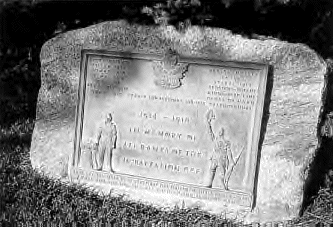
It depicts the transformation of Saskatchewan's young farmers into soldiers, and is inscribed:
HOW AND WHEN OUR FATE WAS CHANGED, AND BY WHOSE HAND".
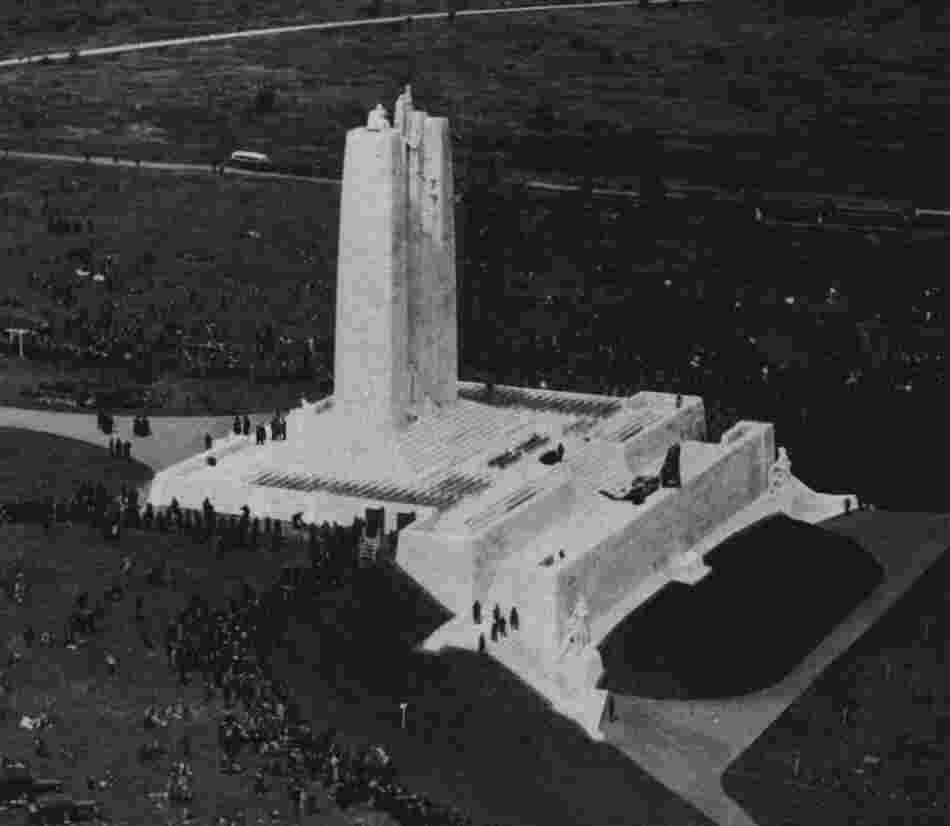
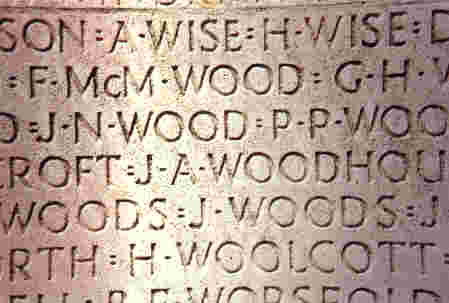
The Vimy Memorial which now stands there is Canada's national memorial not only to those who died at Vimy, but to all 60,000 Canadians who lost their lives in the Great War. Around the base of the Memorial are inscribed the names of 11,285 members of the Canadian Expeditionary Force who were killed in France during the Great War, but have no known grave. Peter Percy Wood's name is listed among them.
